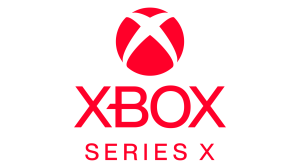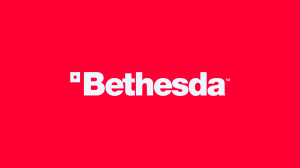Overwatch 2 players will soon be better recognized for their performance in-game thanks to the return of the “On Fire” system previously seen in the first Overwatch. This feature made it so that as players performed better in a match, they filled up the On Fire meter which would then progress to a point where the player’s hero would call out that they were On Fire. It’s something players have missed since Overwatch 2 was released, and while Blizzard has acknowledged its absence in the past, the Overwatch 2 team committed to bringing that feature back this week in a rebuilt form.
Videos by ComicBook.com
The return of On Fire was confirmed in the latest dev blog post where Overwatch 2 boss Aaron Keller said plans were underway for that and more in terms of progression, Play of the Game, and other features that impact how players see their performances recognized. A number of improvements for those are in the works with the On Fire system seemingly topping the to-do list.
“We’re working on rebuilding the On Fire system in the new engine, as well as making changes to Play of the Game to show a greater variety of game-making plays,” Keller said. “We’re also working on a much larger Hero and player progression system that we’re hopeful will launch later this year. This new system replaces the old player level system, while expanding on it to offer a bunch of categories for players to level and show off your progress to others. We’ll continue to work on this aspect of the game. Besides the moment-to-moment gameplay of Overwatch, this is the largest part of our game feeling good to play.”
There are still some remnants of the On Fire system present in Overwatch 2, so it shouldn’t be too surprising to learn that it’s being rebuilt for a return in the future. Blizzard suggested in the past that this might happen, and when you perform exceptionally well in-game, it’s not uncommon to hear your hero say that they’re On Fire even if there are no visual assets to support that claim.
Blizzard did not give a timeframe for when this feature would make a return.








